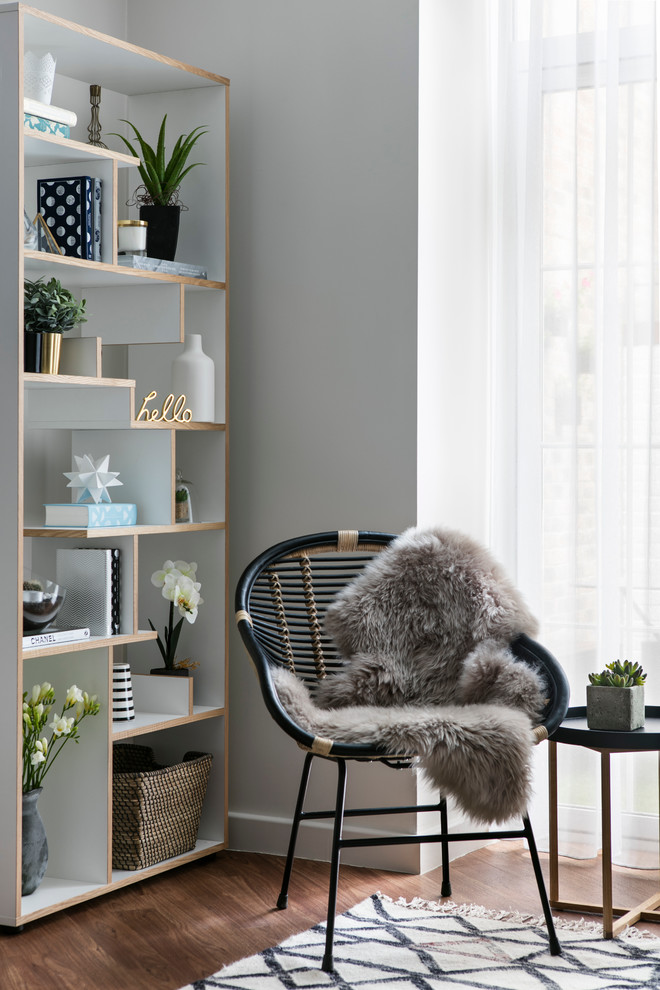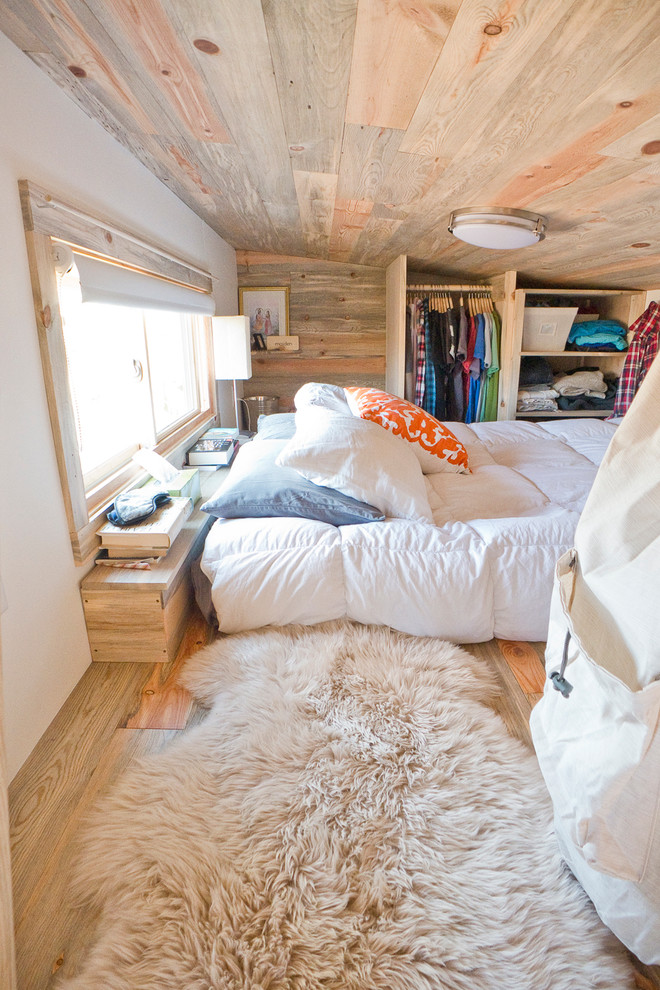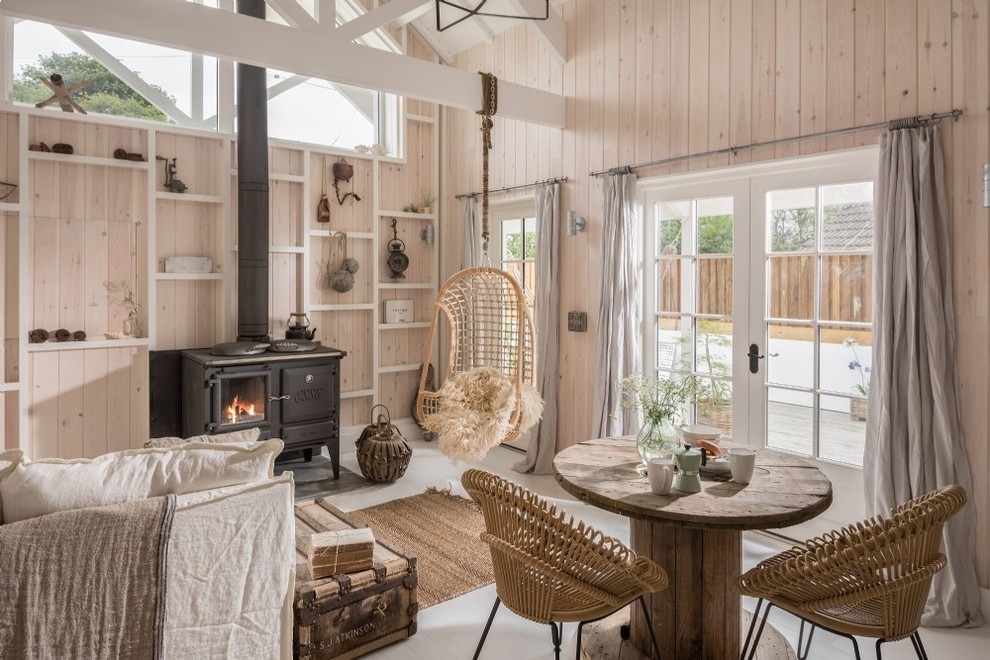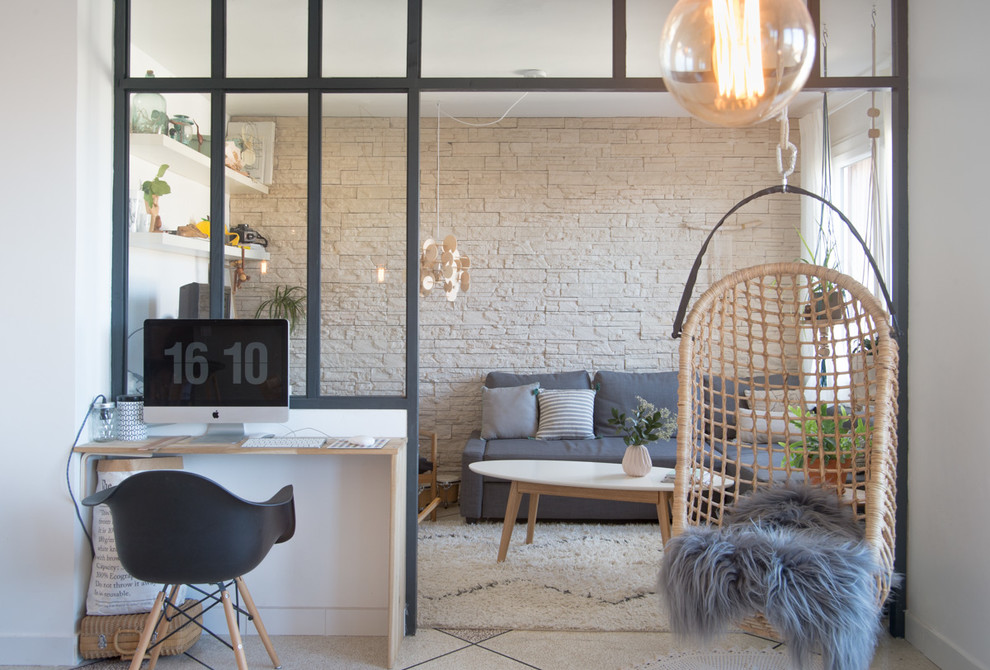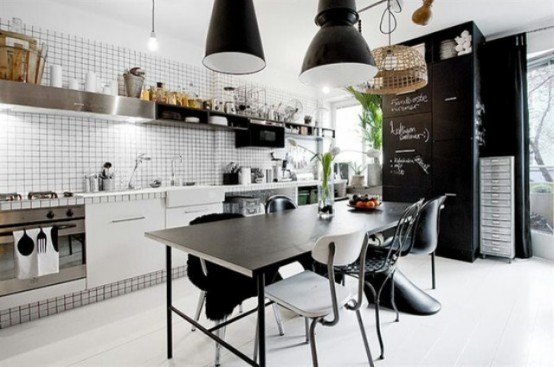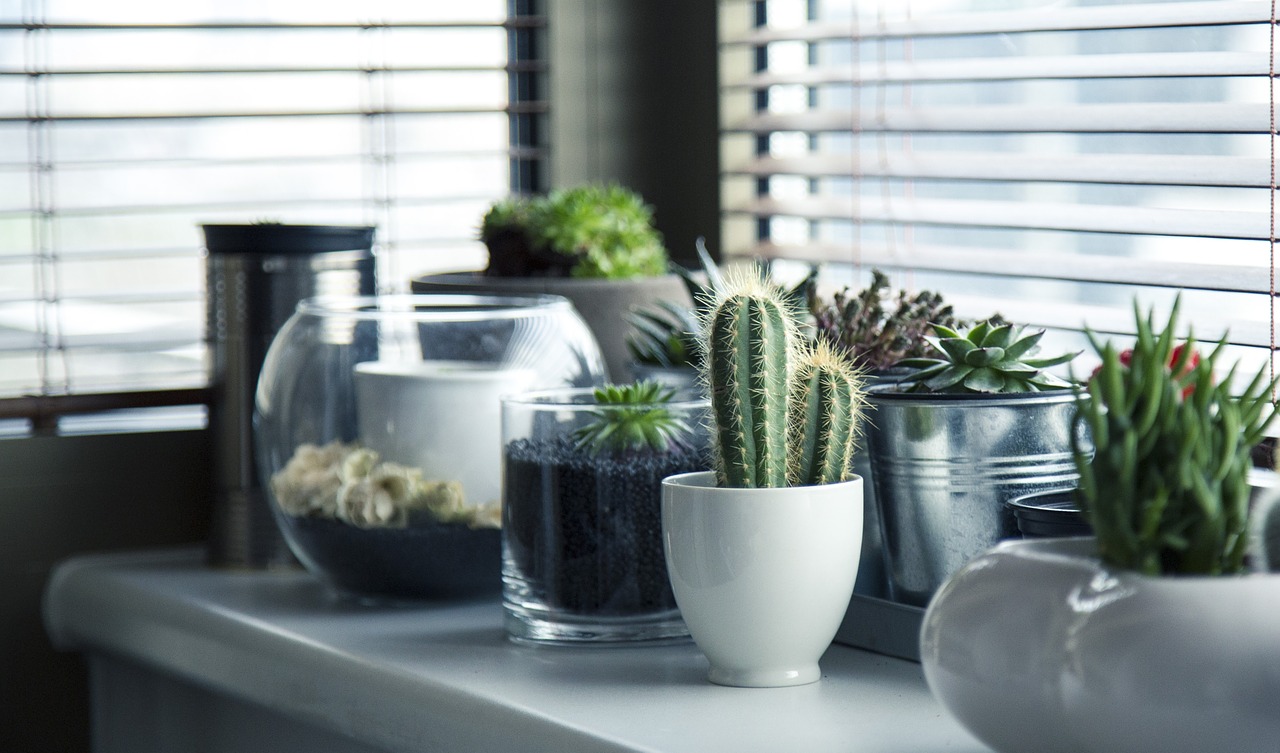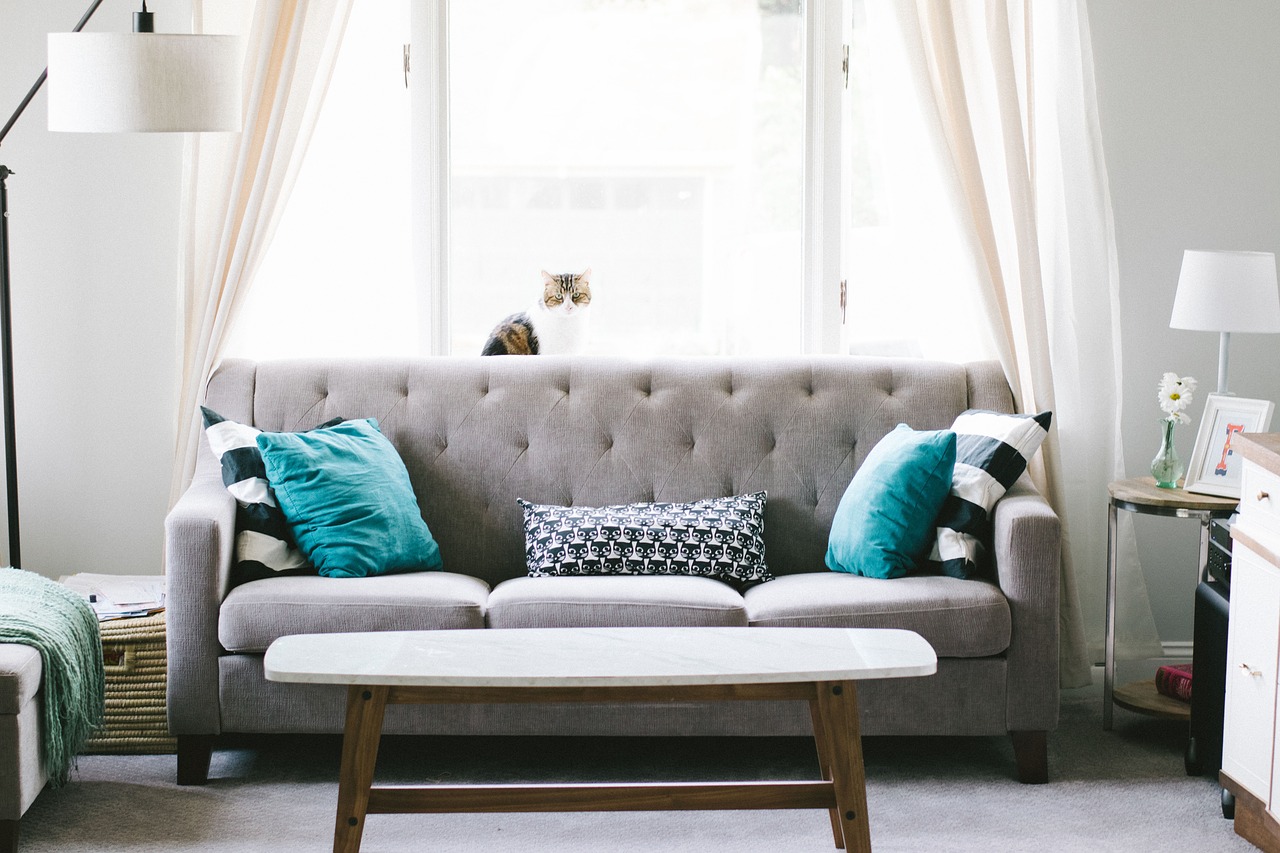It’s fair to say that these are testing times. A new term has been coined to describe the collective mental strain we’re all subject to at the moment, and that’s ‘headline stress disorder’. No matter where you lie on the political spectrum, the current global discourse is angry, vitriolic and never-ending. Add falling wages and increasing working hours to the mix and it’s becoming easier to see how and why we’re in a kind of societal burnout right now.
This has led to a surge of interest in wellness, mindfulness and self-care. Despite all the noise, there is actually a lot of progress being made these days, especially on the frontier of mental health. Stigma is falling rapidly, and people are much more willing to be open and share their experience with their mental health, which builds on a global discussion of how to combat and cope with the stresses of today.

Photo by Pavilion Property Holdings
At the moment, no solution is too far-fetched, no theory too wild. People are willing to try anything and everything to find more peace, more work-life balance and a stronger state of mind.
As a result of this need for time out, The Mill Shop made and infographic that highlights the health benefits of a cozy family home. We were really interested in what they came up with, so we wanted to touch on the topic too, discuss what they found and offer some more insight on how a cozy home can create a cozy mind.
Switching Off From Work
The need for a cozy home is largely due to the nature of modern work. Technology has been instrumental in human advancement, but has also had equally damaging effects. With technology, our work life is much easier, but it’s also harder to escape. 40% of workers report checking their work email 5 times a day outside of office hours.
Photo by Shanade McAllister-Fisher Interior Design
Throw in the fact that most office jobs require you to be working at a screen for over 7 hours a day. Office jobs make for unhealthy, sedentary lifestyles too; often sitting for hours, there’s always cake, and staring at a screen all day is bound to have some negative affects. The toll this takes on your health is subtle and insidious.
So one of the first places to start reclaiming some state of mind this winter is trying your hardest to leave work at the door. There is a pernicious ideology in modern working culture to idolise and treat venture capitalists and start-up entrepreneurs as an example of how you should be. Working 100 hours a week, never taking a lunch break – work, work, work and more work.
Not everyone is held to those standards but it has lead to things like people checking their work email constantly outside of office hours, taking on extra work when they’re at capacity and more. This doesn’t help your performance. But we so often feel pressured to do this so we don’t ‘fall behind’.
This is why tech detoxes are essential in today’s age. Remove your work email from your phone and make yourself unreachable outside of office hours. Put on an autoreply, however you want to do it, it’ll require you to stand firm and hold your ground.
We are realistic people however. We know that you’re not going to blow off your work emails because you read an article online that said you should. Some roles require that you be reachable outside of the office, and sometimes you just aren’t comfortable or confident enough to do so.
The benefit of a tech detox still holds true however. Especially when it comes to headline stress disorder. Maybe set aside a day a week where you go without any tech. The Jewish faith are already starting to embrace the need to tech detoxes, with some rabbis have been advocating for a ‘tech Sabbath’ which is just as it sounds, a weekly tech detox.
On top of that there are apps that help you to reclaim time, like ‘Forest’. You plant a ‘seed’ and it grows into a plant or tree if you don’t look at your phone for the required time. It’s a fun way of incentivising being away from your phone and can help you find that balance.
Phone software now often comes with screen time reporting as standard and you can put time limits on the apps you use. If you find yourself sinking hours into social media apps, put on some limits and reclaim your time.
The Importance of a Cozy Home
So why is coziness important? Modern design trends don’t seem to account for coziness anymore. They can often feel a bit soulless. They often create a space that might seem nice to spend a two-week holiday in or something, but when it comes to your actual living space, coziness is essential. Switch off from work, you need a cozy castle to return to that will help you find that work-life balance again.
Your home needs to be conducive to spending time as a family and for relaxation. By now, everyone has heard of the Danish word ‘hygge’. And this winter, we all need to embrace and create our own ‘hygge’ moments. A hot drink, a family Sunday roast, thick socks and warm jumpers.
The Spanish have a word, ‘sobremesa’, which refers to the time spent at the dinner table with loved ones after you’ve all finished eating. Make time for family togetherness, or your own personal ‘hygge’ moments to make the winter months more bearable.
So, if you’re wondering how you can make changes in your home that will make it cozier, with a keen focus on improving mental health, here are some tips.
Organise
The “Marie Kondo effect” has been massive. In reference to a Netflix show fronted by ‘organisational consultant’ Marie Kondo, she goes to the most cluttered, messy homes and makes them an organised dream. What’s stopping you?
The Kon Mari approach is rooted in minimalism. Minimalism is to shun mindless materialism: buying stuff for the sake of buying stuff. Retail therapy is a good thing don’t get us wrong, but how often have you bought something that you enjoy for a short while for it to quickly become just more clutter.
Photo by Laura Burton Interiors
Conduct a thorough audit of the home. Get rid of anything that you don’t use and adds no value to your life. Minimalism isn’t about living with no furniture and no material goods. You don’t have to become a monk, but you can make it so that your home is filled only with things of value that you enjoy.
This is key because a cluttered home will lead to a cluttered mind. Nobody likes mess and being disorganised, but we often don’t have the impetus to do anything about it. But when we do, we feel so much better about ourselves and the act of cleaning and organising is a satisfying one. The next time you feel a productive spark, organise your home and don’t be afraid to say goodbye to some of your belongings. The attachment we have to things that we’ve bought that are frankly useless is completely self-made.
Personalise
One thing that people often don’t think about when it comes to their homes is making it personal. What makes your home, your home? Sure, you convey some of your personality through the furniture you’ve chosen and so on. But does a set of Ikea furniture tell the story of you?
Having a strong sense of self will improve your mental health. Knowing yourself and getting familiar with that person is something we should all be striving for. To not know yourself, or to pretend to be someone you’re not will inevitably lead to critical levels of cognitive dissonance.
Living in a space that reflects your personality means it will bolster and strengthen this sense of self everytime you walk through the door. Your treasured keepsakes, your loved memories, put these in pride of place in your home and remind yourself of who you are, where you’ve been and where you’re going.
Soften
Get rid of any rough edges in the home and make it a place of warmth, comfort and softness. Comfy pillows, warm blankets, scented candles, incense, open fire, mood lighting, do as much as you can to create a warm, inviting ambience. This is crucial in the wintertime.
When the nights are long, you may struggle to get even a lick of sunlight, you need your home to feel like it’s giving you a warm hug every time you step foot in it. A comfy space will help you to switch off after a long day.
So, look after yourself this winter, and think about how you can implement the advice above into your life. Not everyone has the time or resources to do a full audit and redesign of their home and we know that. But it can just be something to bear in mind and something to try and weave into your day to day life.

